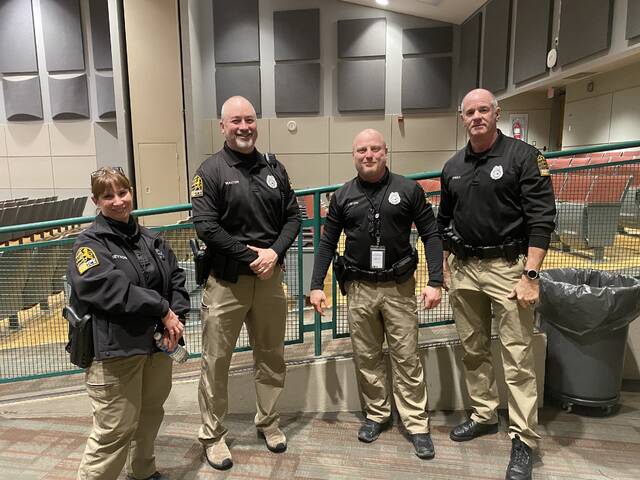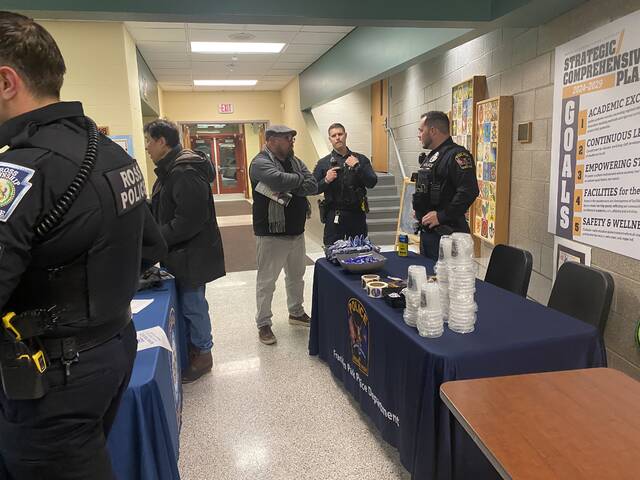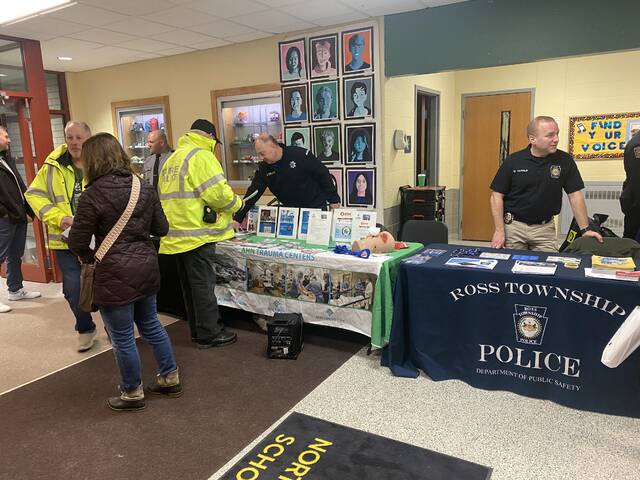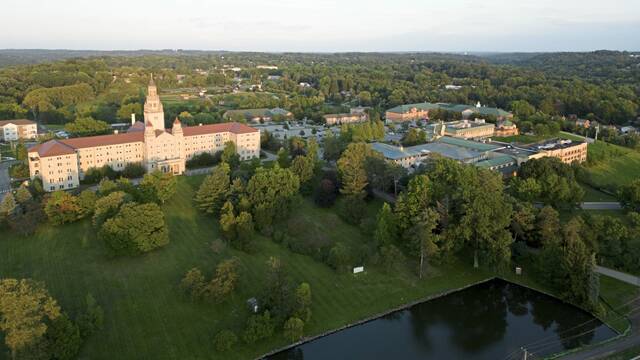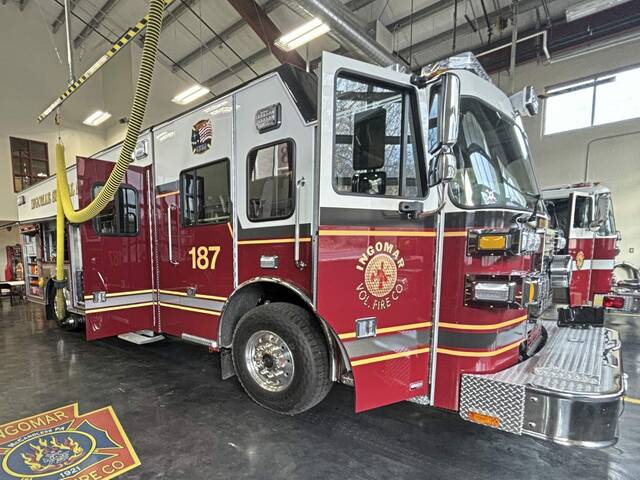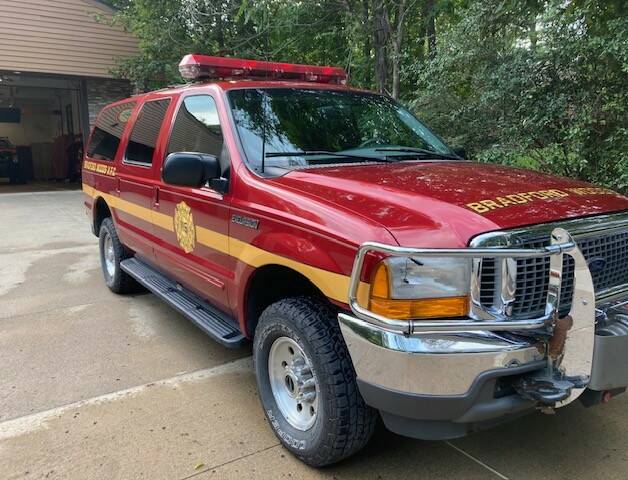While random gun violence can be unpredictable, knowing how best to react could help prevent tragedy.
That was the message relayed to residents Feb. 19 during the Active Shooter Community Educational Night at Marshall Middle School.
About 70 members of the North Allegheny community, local hospital workers, church leaders and school representatives attended the event, according to Eric Harpster, chief of the school district’s police department.
The event included conducting walk-throughs of shooter scenarios, sharing facility maps and collaboratively addressing security concerns, Harpster said.
“There are always questions and requests from members of the school community. This event provided an opportunity for several police agencies and the school community to come together in one location,” Harpster said. “It allowed for the sharing of information and enabled community members to meet some of the officers assigned to our school buildings and the surrounding areas.”
Harpster was contacted by the state police, which organizes this type of event throughout Western Pennsylvania. Troopers expressed an interest in bringing the event to North Allegheny and inviting community members to participate.
“The presentation was discussion-based and included slides with statistics and impactful videos. It covered an individual’s options if they find themselves in an active shooter situation,” he said.
Participants included law enforcement and first responders from Franklin Park, McCandless, Ross, Northern Regional Police, state police, the FBI, Allegheny County Emergency Services, Western Pennsylvania All Hazards Fusion Center and the Allegheny Health Network.
In addition to this community event, North Allegheny continues to provide ALICE Training to students and staff members within its schools.
ALICE Training is an active threat response program designed to be suitable for individuals of all ages and abilities. It takes a trauma-informed approach and focuses on communication and proactive response strategies for staff and students. The program ensures that anyone can use the strategies effectively, Harpster said.
The acronym — Alert, Lockdown, Inform, Communicate and Evacuate — reflects the various steps that can be performed in an emergency. All or some of these can be done in any order as necessary.
“These strategies are not meant to be followed in a specific order. Instead, individuals are trained to choose the most appropriate response based on their proximity to the danger. As with most emergencies, the more you prepare, the better your chances of survival,” Harpster said.
There are different layers of training. Staff members receive updated training and exercises yearly, and the North Allegheny police will continue to drill and expand the curriculum that students receive. Incoming and new staff members receive the same training.
“Although we hope to never face an active shooter situation, the better prepared the district, students and staff are, the more confidently they can respond. This preparation increases their chances of surviving an act of violence. The more we practice, the more effectively we will react if such a situation arises,” Harpster said.


